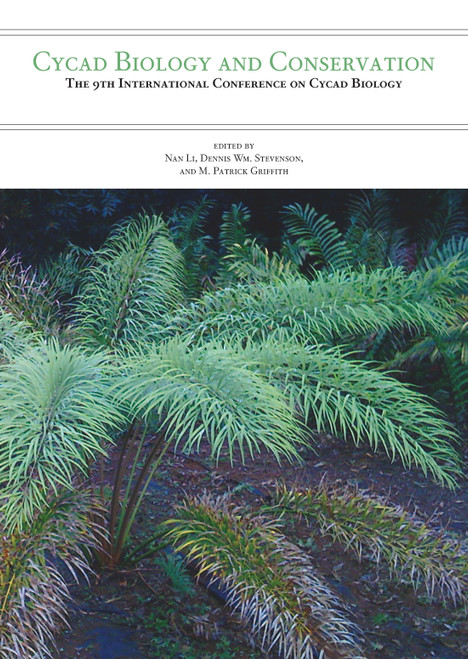This purchase only includes chapter 21 of this title.
Abstract
The primary cone volatiles of the cycads, Macrozamia machinii, pollinated solely by the weevils Tranes sp., and Macrozamia lucida, pollinated solely by the thrips Cycadothrips chadwicki, were studied for their effects on their species-speci�c pollinators. Two monoter-penes, linalool and β-myrcene, are the major components in the cone fragrance of M. machinii. Cones of M. lucida release numerous monoterpenes, including β-myrcene, the dominant component, and lower quantities of the ocimene isomers, (Z)-β-, (E)-β-, and (allo-)ocimene. No linalool has been detected in M. lucida, and no (E)-β-or (allo-)ocimene has been detected in M. machinii. Results of electroantennographic and gas chromatography–electroantennographic detection techniques demonstrated that Tranes sp. and Cycadothrips responded physiologically to components within the suite of volatiles generated by their host cones. In particular, Cycadothrips from M. lucida responded to β-myrcene as well as to (E)-β- and (allo-)ocimene but not to (Z)-β-ocimene. Tranes sp. from M. machinii responded to both linalool and β-myrcene. In Y-tube olfactometer behavioral tests, both insects responded positively to the volatiles of their own host (male cone sporophylls), but their response levels to nonhost sporophylls were not signi�cantly different from their response levels to the control arm, which contained only �ltered room air. The response of Cycadothrips to β-myrcene was dose dependent. Higher levels appeared to repel male and female thrips, whereas lower levels of β-myrcene slightly attracted male thrips but had no signi�cant effect on female thrips (no repellency or attraction). Cycadothrips were attracted to a blend comprising three ocimene isomers, even in the presence of low levels of β-myrcene. The only level of β-myrcene tested on Tranes indicated a slightly repellent effect. These results are discussed in the context of cone thermogenesis studies and the nature of the Macrozamia pollination syndrome.











